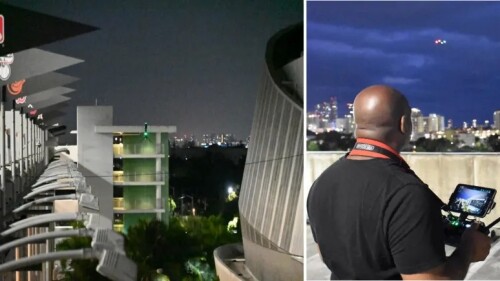By Police1 Staff
CLOVIS, Calif. — Clovis police officers leveraged drone technology to bring a high-stakes situation to a peaceful conclusion, as seen in this Fox26 News video.
Deploying a drone inside an apartment where a suspect linked to a shooting and child abduction was barricaded, officers successfully communicated with the individual.
This incident not only highlights the evolving use of drones in law enforcement but also underscores their potential to de-escalate critical situations safely and effectively.
“Sending a drone in place of an officer to establish and maintain communication results in better, safer outcomes for all parties. BRINC commends the Clovis PD for leveraging the LEMUR 2 to successfully de-escalate a dangerous situation and achieve a peaceful resolution. We are proud to see BRINC technology used in the service of public safety while keeping first responders out of harm’s way,” BRINC Vice President of Advanced Public Safety Projects Don Redmond told Police1.
Learn more about the increasing application of drones in law enforcement below.







